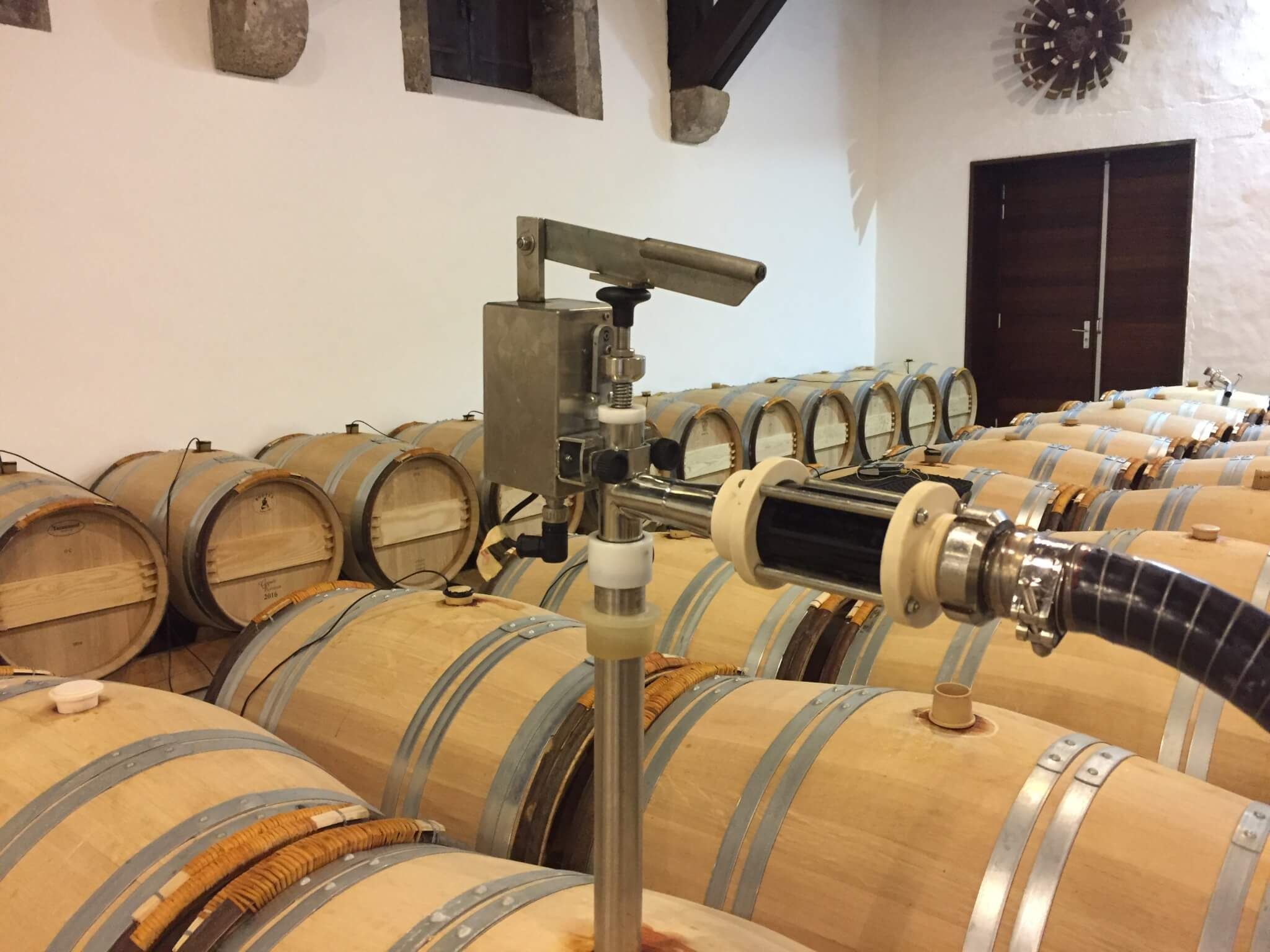At the end of aging, managing dissolved oxygen is essential to preserve the aromatic and tannin quality of red wines: explanations and best practices
MANAGING DISSOLVED OXYGEN AT THE END OF AGING: A DELICATE BALANCE
Oxygen plays a key role in winemaking, but its addition must be carefully controlled, especially at the end of aging. At this stage, red wine is often well-structured: it has received the necessary oxygen inputs to soften its tannic framework and stabilize its structure. Any further oxygen addition is no longer desirable and can even be harmful.
Excess oxygen can lead to:
-
Aromatic deviations
-
Uncontrolled growth of microorganisms
-
Increased volatile acidity
-
Degradation of color or formation of undesirable aromas (rancio)
-
Excessive precipitation of phenolic compounds
Factors Influencing Dissolved Oxygen
The amount of dissolved oxygen depends on:
-
The contact surface between the wine and air
-
Temperature (oxygen dissolves better in cold conditions but is consumed faster above 12 °C)
-
The initial oxygen level present in the wine
It is important to distinguish between rapid dissolution (10–15 minutes) and slower consumption (10–30 days) by wine compounds (polyphenols, free SO₂, etc.).
Reducing Undesired Oxygen: Key Cellar Practices
To protect wine from excessive oxygenation during transfer from barrel to tank, the cellar master can:
-
Control air and wine temperature
-
Use low-flow pumps
-
Limit the length of hoses
-
Use racking tubes with valves
-
Eliminate air intake points on equipment
-
Inject an inert gas (CO₂ or nitrogen) into the pump or piping
-
Inert the receiving tank with a gas heavier than oxygen (CO₂ or argon)
Precise Tools for Better Control
Devices such as oximeters or redox sensors allow precise measurement of dissolved oxygen. Easy to implement, they ensure finer control of sensitive operations without significantly increasing costs.

Preserving Wine Also Means Respecting Its Rhythms
Beyond technique, intuition and experience remain essential. It is important to:
-
Minimize handling during unstable climatic conditions
-
Respect natural, even cosmic, cycles
-
Give significant consideration to the sensitivity of the operator
